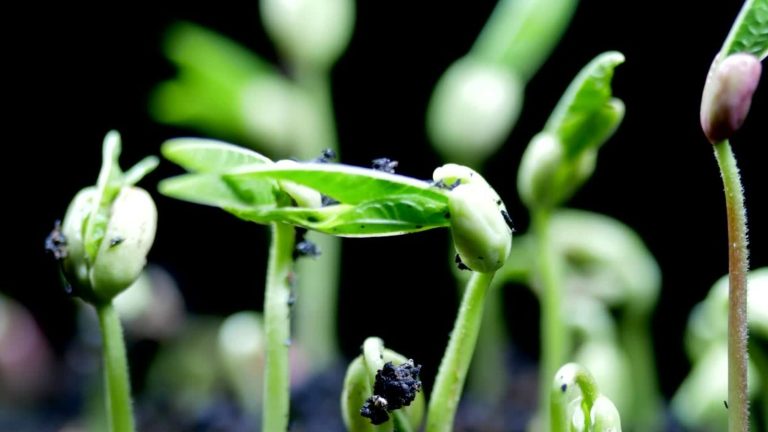The genus Staģes, nestled within the vast family of Asteraceae, is a fascinating group of plants that grace the wild landscapes of Europe, Asia, and Africa. These botanical wonders range from modest annual herbs to towering perennial subshrubs, displaying a remarkable diversity that captivates the interest of botanists, gardeners, and nature lovers alike. Characterized by their vibrant yellow, daisy-like flowers, Staģes plants are not just a visual feast but also hold ecological, medicinal, and cultural significance across their native habitats.
Understanding Staģes
Staģes, with its myriad forms, offers a study in botanical diversity. This genus comprises species that are either annual or perennial, with their lifespans and growth patterns reflecting the ecological niches they occupy. The physical form of Staģes can vastly differ, from diminutive herbs just a few centimeters tall to robust plants soaring over three meters. The unifying feature among these varied species is their yellow flowers, reminiscent of daisies, which bloom to add a splash of color to their surroundings.
Geographic Distribution
The adaptability of Staģes has allowed it to flourish across continents. In Europe, its presence is marked by both widespread species and those confined to specific locales, reflecting the continent’s diverse climates and ecosystems. Asia’s vast landscapes host numerous Staģes species, thriving from temperate zones to the rugged terrains of high-altitude regions. Africa, with its myriad of ecosystems, from deserts to lush forests, is home to Staģes species that have adapted to the continent’s varied climates and ecological zones.
Ecological Significance
Beyond their aesthetic appeal, Staģes play a crucial role in their ecosystems. They are a vital source of nectar for pollinators, including bees and butterflies, thus contributing to the pollination of surrounding flora. The ecological footprint of Staģes underscores the interconnectedness of plant and animal life, highlighting the importance of preserving these species for the health of our planet’s ecosystems.
Cultural and Historical Uses
Staģes have been intertwined with human history and culture for centuries. In various regions, these plants have been used in traditional medicines, serving as remedies for a plethora of ailments. Additionally, Staģes have found their place in culinary traditions, with certain species being used to add flavor and nutrition to dishes. The cultural significance of Staģes is a testament to the deep-rooted connection between humans and the natural world.
Staģes in Horticulture
Gardening enthusiasts often seek out Staģes for their vibrant flowers and diverse forms. Growing these plants requires an understanding of their natural habitats and needs. While some species thrive in sunny, well-drained conditions, others prefer more shaded and moist environments. Propagation techniques vary, with some species easily grown from seeds, while others may require more specialized methods, such as division or cuttings.
Medicinal and Culinary Uses
The traditional medicinal uses of Staģes are as diverse as the genus itself. From anti-inflammatory properties to digestive aids, these plants have been harnessed by various cultures for their healing potential. In the culinary world, certain Staģes species add unique flavors to dishes, showcasing the versatility of these plants beyond their ornamental value.
Conservation Efforts
Despite their resilience, many Staģes species face threats from habitat loss, climate change, and overharvesting. Conservation efforts are crucial to ensure the survival of these plants for future generations. Initiatives include habitat restoration, seed banking, and the cultivation of Staģes in botanical gardens and reserves, aiming to protect these species and their ecological roles.
Staģes and Climate Change
The impact of climate change on Staģes highlights the challenges faced by plant species worldwide. Shifts in temperature and precipitation patterns can affect the distribution, flowering times, and survival of these plants. Understanding how Staģes adapt to changing climates is essential for developing strategies to conserve them in their natural habitats.
Modern Research and Staģes
Recent scientific studies on Staģes have shed light on their ecological importance, genetic diversity, and potential uses in medicine and horticulture. Ongoing research aims to uncover new species, understand their evolutionary history, and explore their applications in sustainable agriculture and ecosystem restoration.
Staģes in Art and Literature
The beauty of Staģes has not gone unnoticed in the realms of art and literature. These plants have inspired painters, poets, and writers, serving as symbols of beauty, resilience, and the fleeting nature of life. The depiction of Staģes in creative works reflects humanity’s enduring fascination with the natural world.
Challenges in Growing Staģes
Cultivating Staģes comes with its set of challenges, from pest infestations to environmental stresses. However, with the right knowledge and care, gardeners can overcome these obstacles, ensuring the healthy growth and flowering of their Staģes plants. Tips for successful cultivation include choosing the right species for the local climate, providing adequate water and nutrients, and managing pests and diseases proactively.
Staģes in Urban Landscapes
In urban settings, Staģes can play a significant role in enhancing biodiversity, beautifying spaces, and supporting pollinators. Incorporating these plants into city gardens, parks, and green roofs brings a piece of the wild into urban environments, offering respite and connection to nature for city dwellers.



